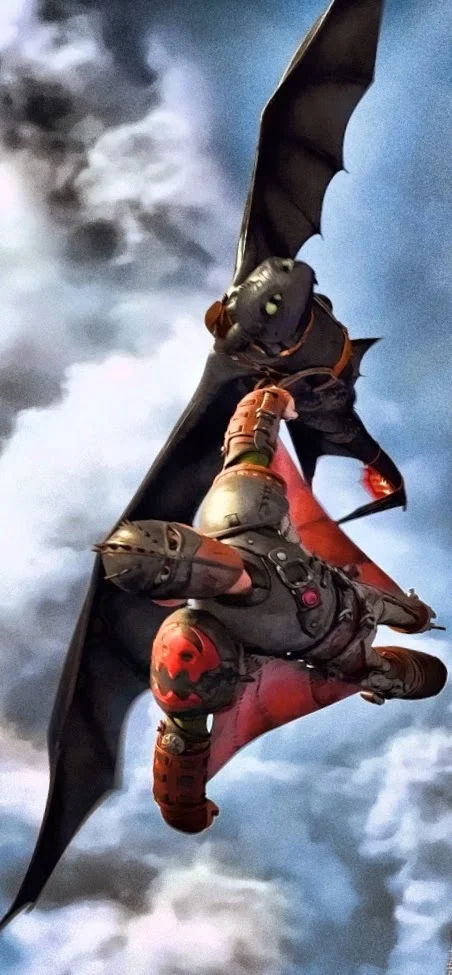(Warning: story and plot twists to be discussed in detail)
Rinse, repeat
Doug Liman's Edge of Tomorrow, an adaptation of Hiroshi Sakurazaka's novel All You Need is Kill (far cooler title, in my opinion) has been described as Starship Troopers (1997) meets Groundhog Day (1993). I'd agree and go back a little further, to Algis Budrys' 1960 novel Rogue Moon, where a man is handpicked to negotiate an enigmatic alien artifact on the moon that kills humans in horribly excruciating ways; every time the protagonist dies, he is resurrected and can start again.
If you must ask: Budrys' novel is superior, of course--death here isn't an excuse to reset but a jarring, traumatic event that drives explorers insane. Daredevil adventurer Barker doesn't fear death (it's why he was picked), but does fear this artifact ("it didn't care! I was nothing to it!"); the novel itself (a slim 176 pages) is written in a dense prose, with internally twisted characters and a profound sense of mystery. Haven't read Hiroshi's novel but from what I've heard it's not as psychologically complex; Liman's adaptation goes further by simplifying and taking the dramatic sting out of Sakurazaka's novel--the hero has to make a choice but the usual kind, between his own life and mission success.
It's still entertaining, somewhat. Liman turns the looping effect into a running gag, and actor Tom Cruise (who plays an I presume Americanized version of the novel's Keiji/Cage) has the snap comic timing to negotiate the plot's fairly straightforward (as compared to Sakurazaka's or Budrys') twists. Sakurazaka reportedly based his aliens' design on the starfish (though why call them Mimics?); Liman's creatures are more like a cross between octopussies and cat o' nine tails, their tentacles whipping sand and water with unsettling speed. They're really best seen indirectly, when Liman plants them underground or underwater and you see the wake of their passing; in the open they mostly look like--what else?--CGI constructs of the Transformers variety, with consequent insubstantiality (in short: not very impressive).
I mentioned Liman's lite version of Sakurazaka's ending; I'd also describe the movie as a lite-r version of the late Harold Ramis' masterpiece. Groundhog Day in my opinion isn't just brilliant comedy but a surprisingly supple metaphor for the intractability of life, and of one's own self when confronted with change. I've shown it to my students, a class of at-risk youths, and pointed out: "that's you--trapped in your own situation till you realize what you're doing to yourself and move on." It's what Neil Gaiman must think Hell is like, when he has Lucifer say: "They talk of me going around and buying souls, like a fishwife come market day, never stopping to ask themselves why.
"I need no souls.
"And how can anyone own a soul?
"No. They belong to themselves.
"They just hate to have to face up to it."
That's Groundhog Day--and, you might say, my workplace--in a nutshell. Any such metaphysical musing is lost here, in the hail of automatic gunfire.
Dean Deblois' How to Train Your Dragon 2 is, yes, a sequel, and yes, an improvement over the original--bigger scope, more ambitious animation, an overall darker tone, with death definitely in the cards. Not a big fan of at least half the story (Why do animated movies Disney and otherwise always feature misunderstood kids or absent parents? Why do animated features assume their main characters should always have the family circumstance and emotional makeup of an upper middle-class suburban American teenager? Can't they think of something more interesting than recycling the same tired cliches?) but it does make an attempt at something halfway epic, the introduction of an alpha dragon, a supersized creature that can compel obedience from all other dragons.*
* wifi mind control? Idea's almost as silly as controlling a human being by tugging the follicles from his head.
Jay Baruchel's Hiccup still makes for an appealingly unlikely hero--a kind of sword-and-sorcery Woody Allen channeling Rube Goldberg (Hiccup's little Bondian gimmicks are I'd say the best running gag in the movie). The big dragons and their eventual faceoff feels a bit Godzilla--down to the blue light streaking up and down the spine (are today's summer movies stealing images from each other?)--but the humor helps things slide down easier. The flying zips along, but doesn't have the sense of massive weight hurtling at speed that, paradoxically, I feel is necessary to believe in the thrill--and of course danger--of animated flight (think the climactic dogfight in Miyazaki's Porco Rosso). The movie expands and improves on so many fronts, but you're aware that this is still digital animation, the production still a summer entertainment aimed at kids.
Not repelled, not even insulted, just vaguely unsatisfied. Entertaining, but you feel it could have been so much more.


No comments:
Post a Comment